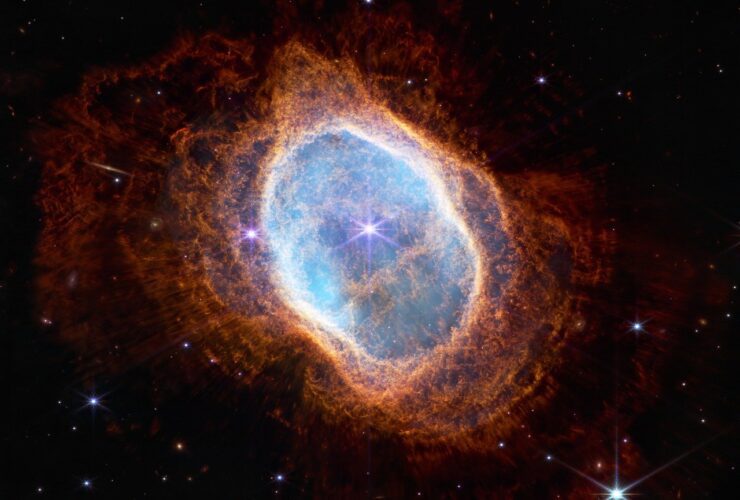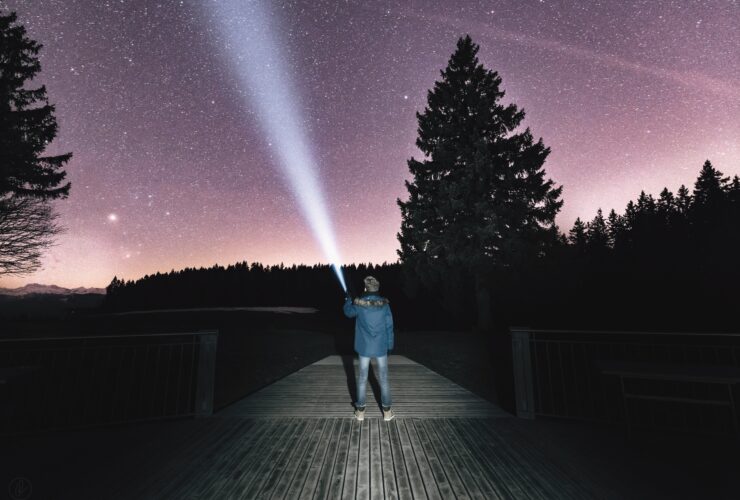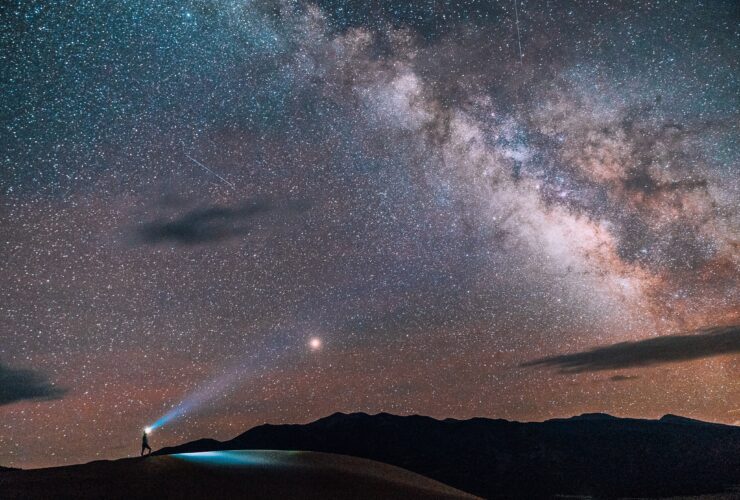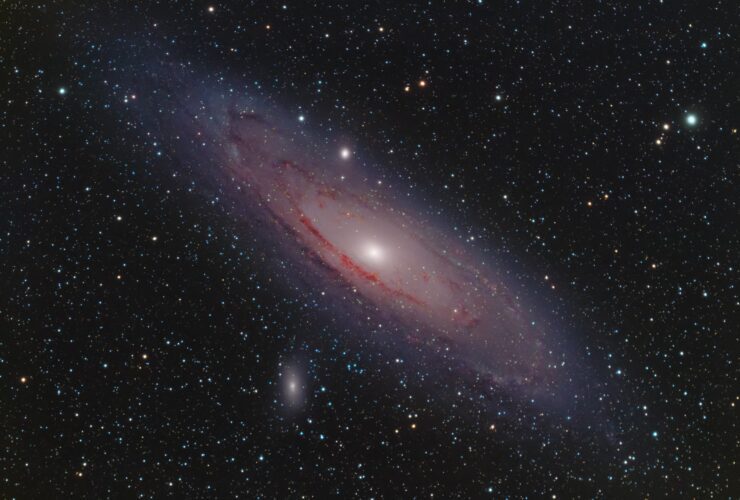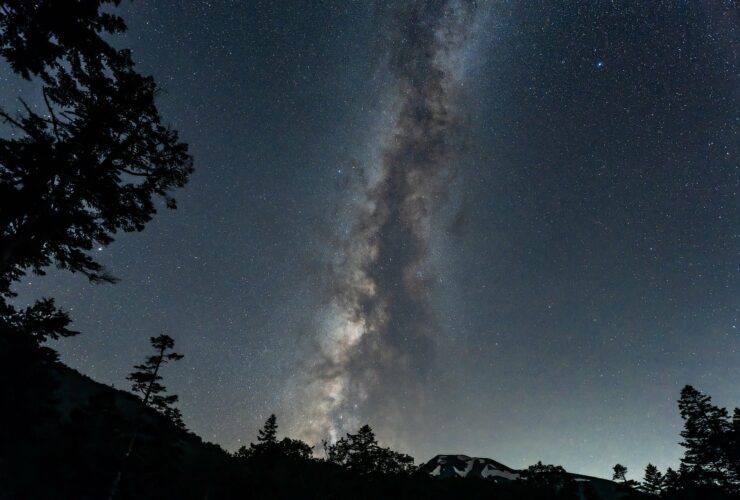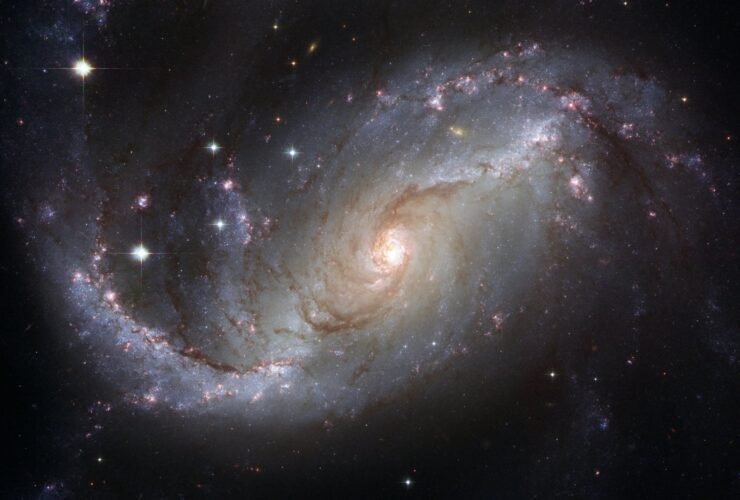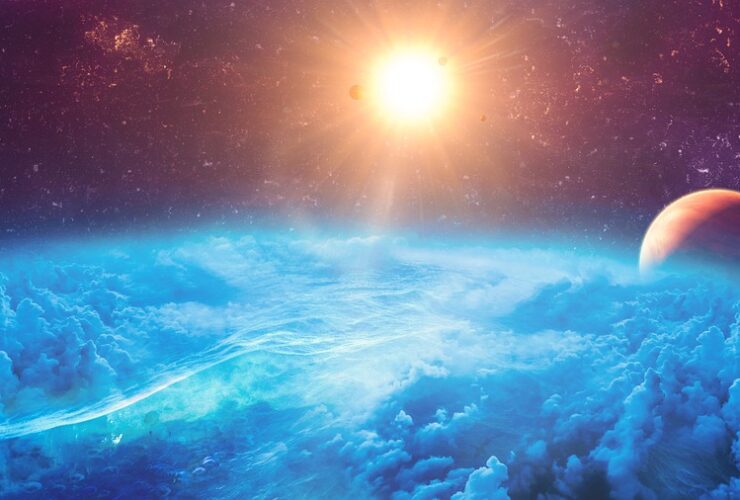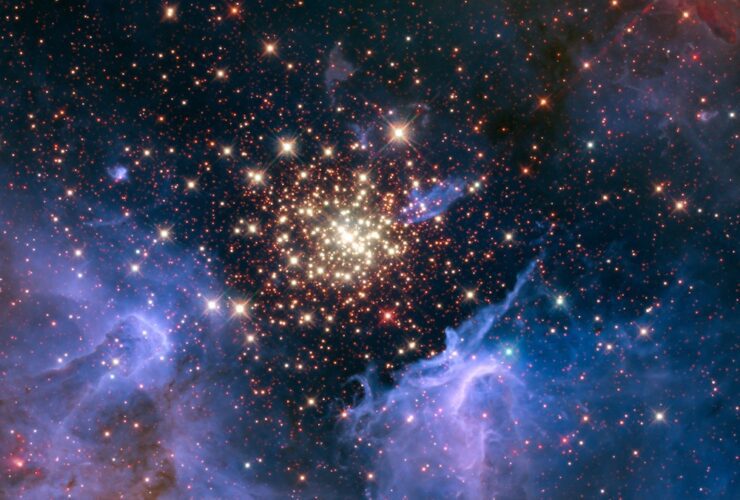Less than a week ago, we gladly shared the news about NASA’s James Webb Space Telescope (JWST) revealing the first full-color images of the Universe’s depths. We’ve seen new images of stars, galaxies, nebulae, and more. We’re talking about the ...
The speed of light (300,000km/s) is the fastest possible speed that the laws of nature can allow. Or at least that’s what Albert Einstein thought. But what if the great physicist was wrong? No disrespect intended for him, but everybody ...
A team of researchers has discovered the building elements of RNA in our galaxy. Frontiers in Astronomy and Space Sciences published their results. Astronomers found some of these building pieces in a cloud located near the core of our galaxy, ...
Most astrophysicists agree that our Universe was born along with the Big Bang. However, that doesn’t necessarily mean that nothing existed before the birth of our Universe itself. Something totally different might have existed that cannot actually be considered part ...
If you know about the Andromeda galaxy (aka Messier 31 or simply M31), you’re already well aware a bit of how incredible our Universe is. Andromeda is a galaxy more than twice as big as the Milky Way, and it’s ...
Unfortunately for all of us, the Universe is not a friendly place as we like to believe or as we’ve been told. Meteors fly through the Earth’s atmosphere all the time, and there’s no wonder why a really big one ...
A swarm of planet-forming dust has been discovered by astronomers to contain the biggest organic molecule yet seen, possibly providing fresh insights into how the building elements of life eventually wind up on planets. A team of researchers from the ...
Scientists have discovered for the first time, with the help of the most sophisticated telescopes that we have on this planet, as well as in space, a neutron star consuming stuff from a neighboring star, which is producing bursts of hot, ...
In its early stages, a temperature check of the universe, just 880 million years after the Big Bang, was made possible by studying the shadow produced by a cloud of cold water gas 13.8 billion light-years distant from Earth. It’s ...
The NASA TESS (Transiting Exoplanet Survey Satellite) mission just discovered something significant: our own sun is remarkably well-behaved in comparison to its counterparts elsewhere in the cosmos. (Image courtesy of NASA/Solar Dynamics Observatory and Getty Images.) According to Universe Today, ...

